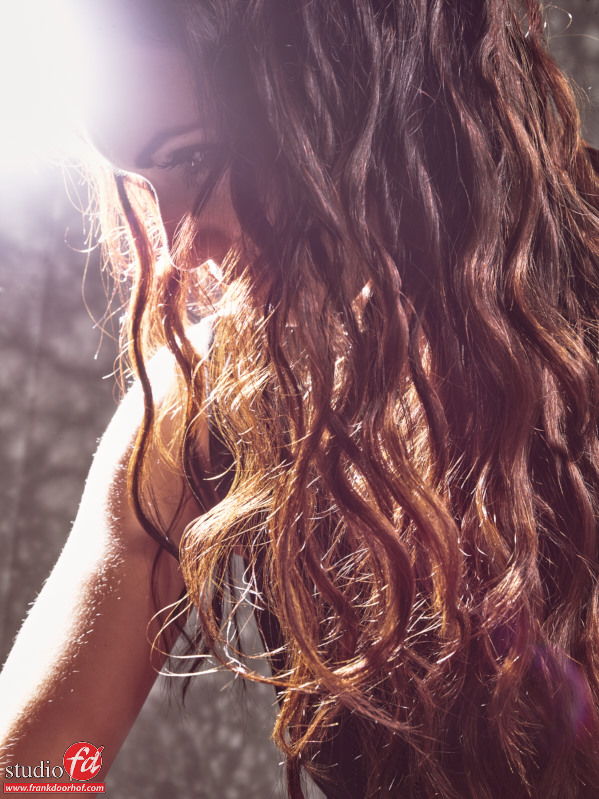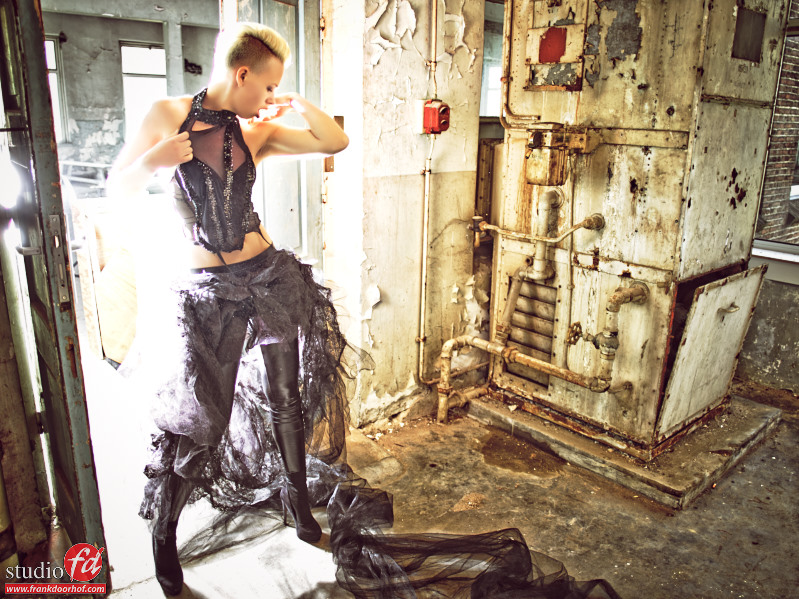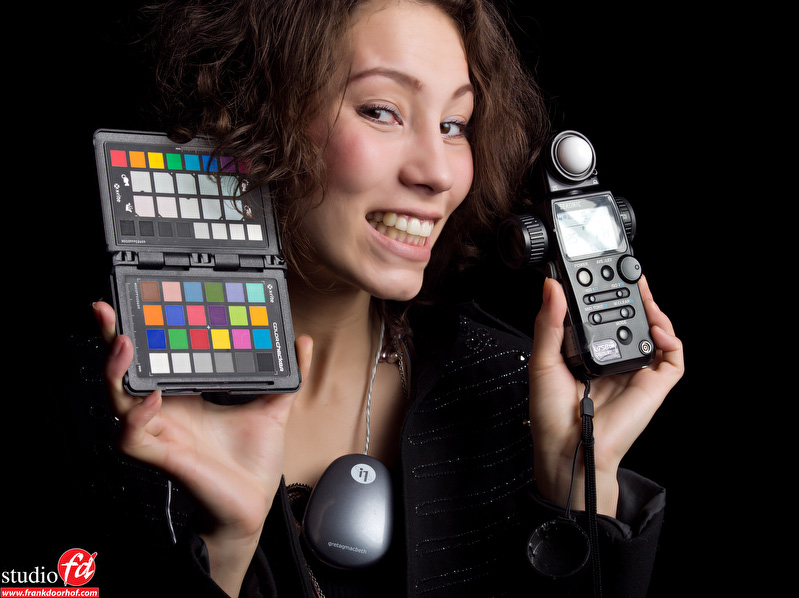After my workshops a lot of students switch to the use of a light meter.
They see how quick it is to setup the lights, meter the background, make sure there is detail in whites or blacks and much much more but that’s “only” part of the story. Let me tell you two stories that are real life stories and will show you a different side of why to use a meter….
The workshop story
A while ago I taught a workshop for a group of professional photographers (always a tough crowd), most of them (to my surprise) did not use a meter. After my story about why to use a meter and telling them that it was really a great tool to make sure you get what you want it was time for my photoshoot. Now believe it or not but the first shot I took was terrible, whites were all blown, blacks were blocked up and it was just plain terrible….. Some of the people in the crowd were a bit like “yeah, sure that’s why we don’t use a meter”, and some asked “ok, so now you’re gonna tweak the lights, right ?”
I surprised I think the whole crowd when I did not change anything on the lights but asked for the remote of the projector. In a few seconds I changed the brightness and contrast settings and the image looked the way I intended, now I hear you think “yeah sure, that’s not the way to do it”, well actually they also asked me about that (of course), so to prove my point I reset the projector and showed a grayscale 10 step bar. On the non adjusted settings there were only a few bars visible. And after setting the brightness and contrast all bars were shown, and also the image was showing up correctly.
The Glyn Dewis lens story
During the first “Frank Doorhof and Friends” workshop there was a small problem with one of the light setups.
Read more
Like this:
Like Loading...





You must be logged in to post a comment.